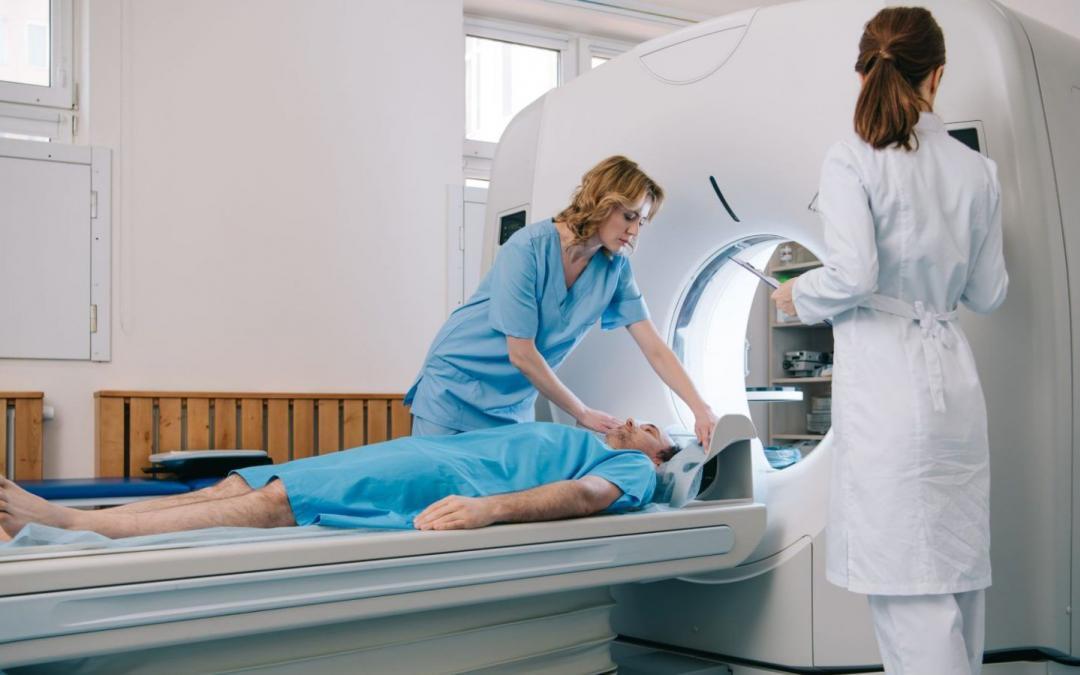Radiologic (x-ray) technology is a fantastic career option for individuals interested in the allied health industry. An x-ray technician is also known as a radiologic technologist. They are the ones performing diagnostic x-ray procedures in hospitals, physician offices, and outpatient imaging centres.
How to Become a Radiologist in Australia
An x-ray technician must complete 2-4 years of training in a recognized college or hospital-based radiologic technology program. They will have an academic education supplemented with hands-on professional training in a clinical setting. The student must fully understand radiographic physics and anatomy, radiation safety, optimal patient placement and technique, quality control, darkroom abilities, infection control, sterile technique, body mechanics, and patient privacy. A successful student will also have excellent communication skills and the capacity to adjust to new conditions easily.
After completing the program, the x-ray technician will be eligible to take the exam and register with the Medical Radiation Practice Board of Australia. It is a comprehensive examination that will cover many of the skills required of an x-ray specialist. If the student passes the registry examination, they will add the designation “RT” to their name, indicating that they are a registered radiologic technician. Radiologic technicians are required to be licensed by the different states. State licensure and continuing education standards differ from one state to another; however, aspiring radiologists must possess a state licence.
Why Become a Radiologic Technician?
Because of our ageing population’s healthcare demands, radiologic technicians’ job prospects are expected to stay high. While hospitals employ most x-ray technologists, independent imaging centres and outpatient clinics also employ a substantial number. Others could work in private physician practices, including orthopaedic or urologic practices, mobile x-ray services, and sales staff.
By obtaining expertise in specialized diagnostic imaging fields, the x-ray technician has various prospects for development. MRI, CT scan, mammography, and interventional radiology are only a few of them. Specialized training is required in these industries, obtained through on-the-job training or other college or trade school-based programs. The technician will take an extra registration test for the specializations mentioned above to show that they are knowledgeable in that field. In general, the more specializations an x-ray technician can demonstrate proficiency in, the more job opportunities he or she will have.


Recent Comments